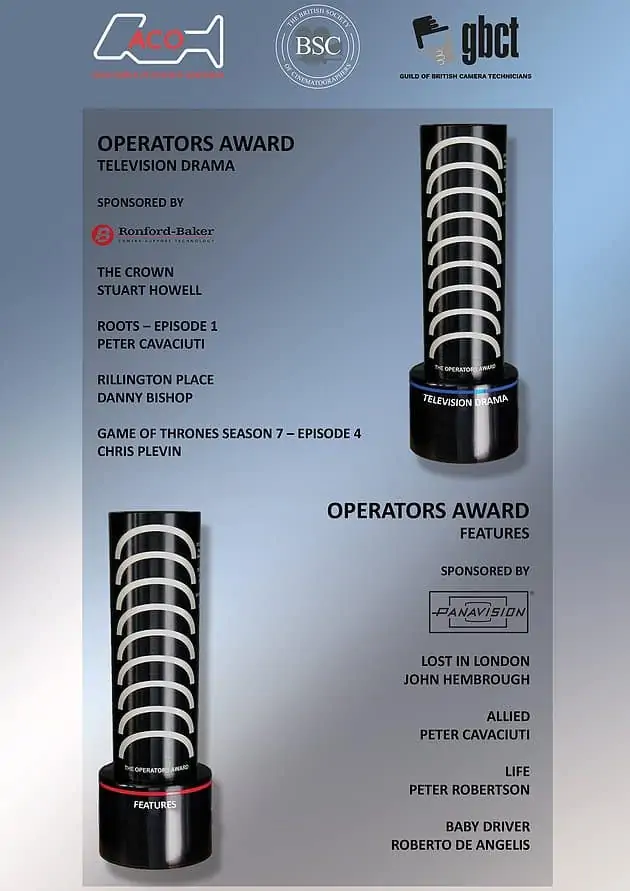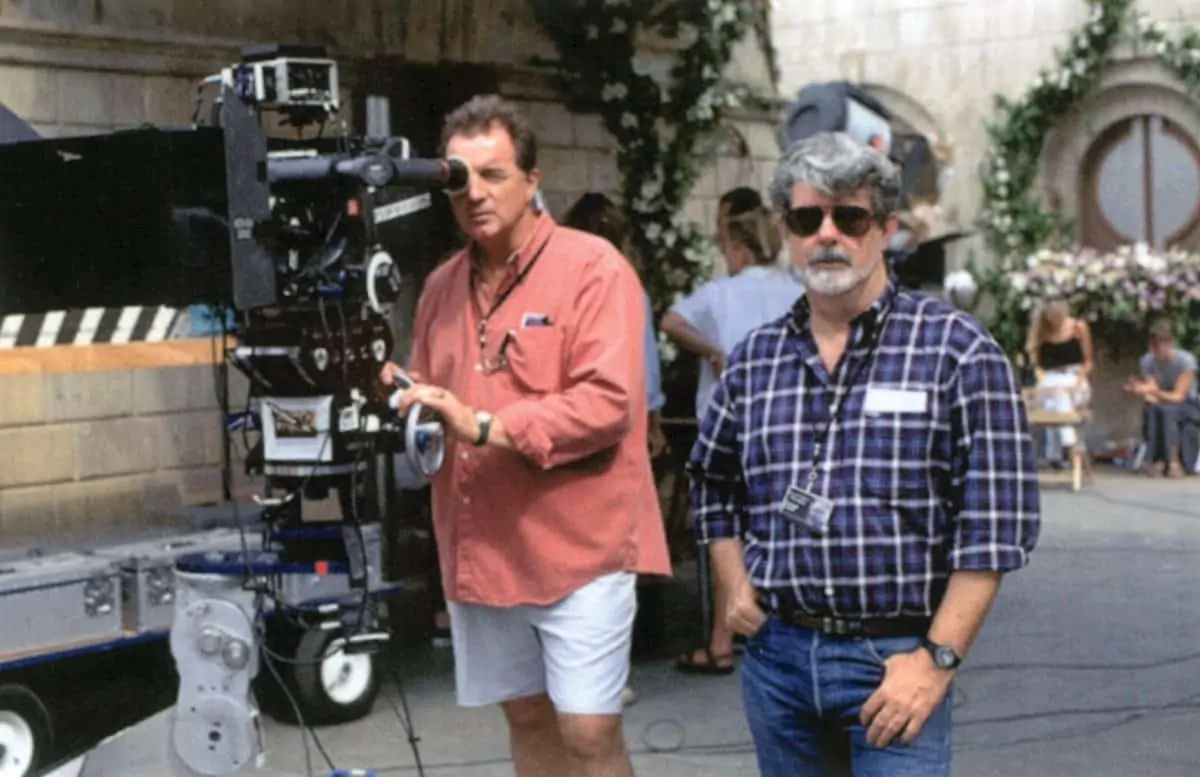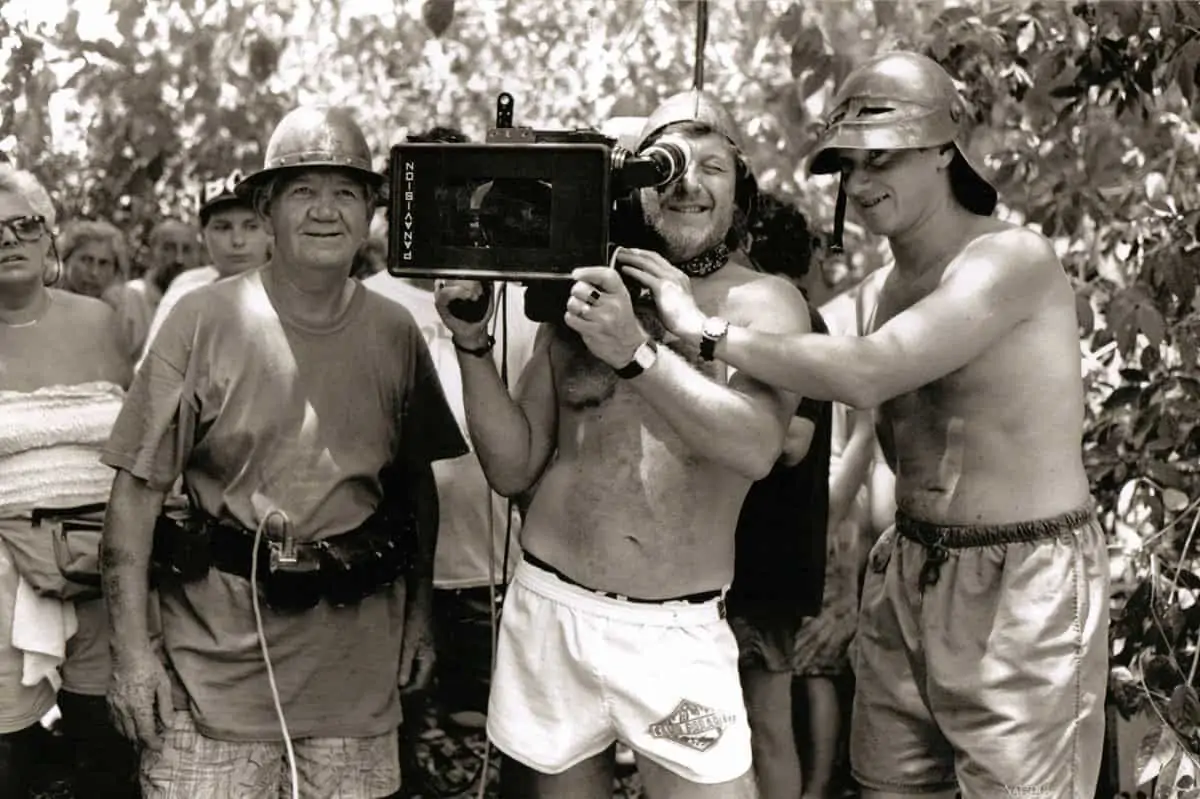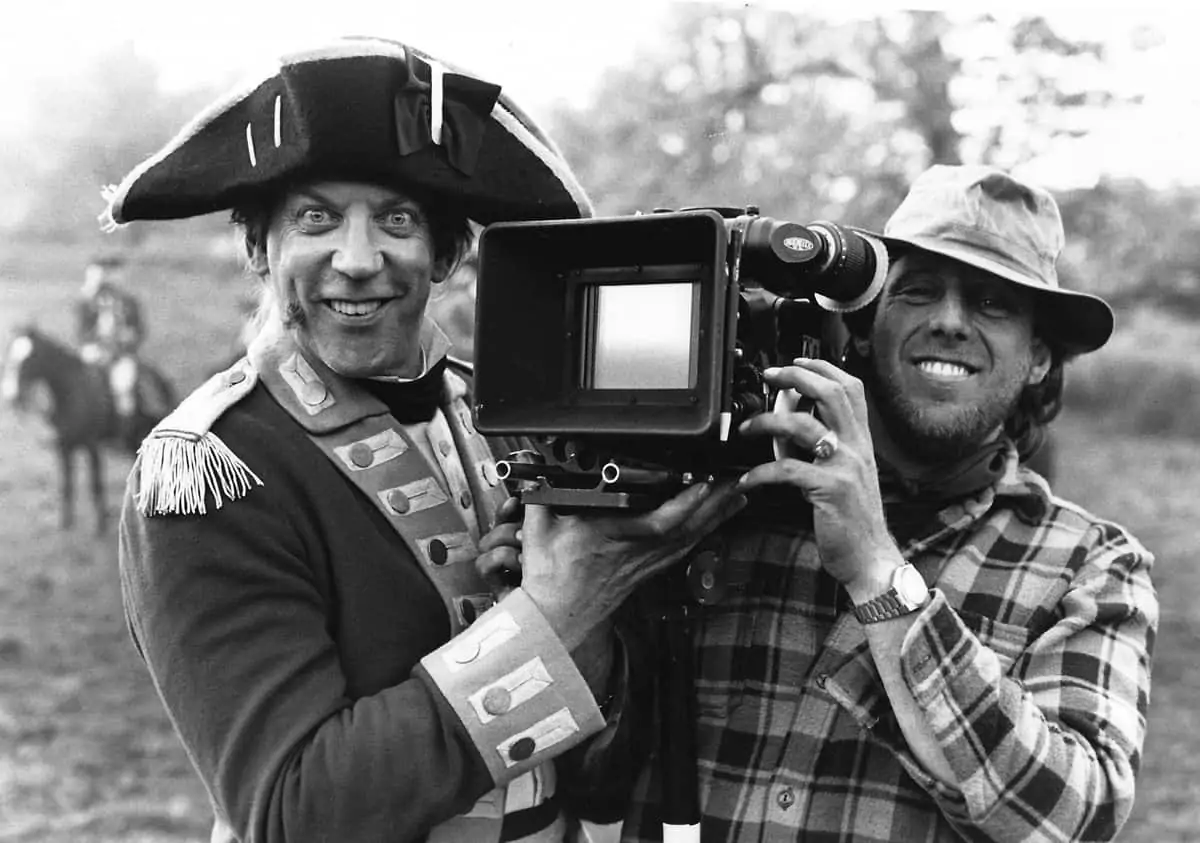Following In The Footsteps
Clapperboard / Jamie Harcourt ACO GBCT Associate BSC
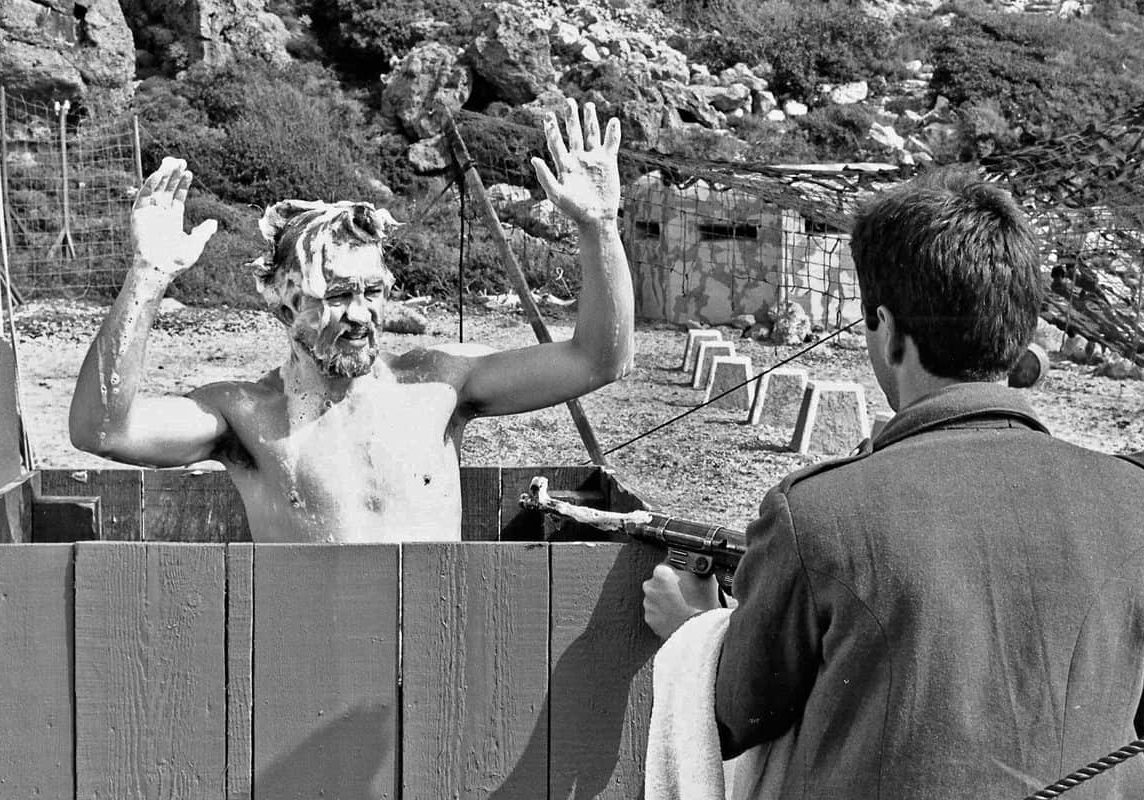
Following In The Footsteps
Clapperboard / Jamie Harcourt ACO GBCT Associate BSC
BY: David A. Ellis
Camera operator and DP Jamie Harcourt ACO GBCT Associate BSC is the son of the late David Harcourt, a well-liked and much-respected camera operator, who worked with many of the top directors and cinematographers. Harcourt junior followed his father into the business and has also worked with some of the biggest names in the business, happily working as the A-camera or B-camera operator.
Along with working on main units, he has also operated, and done DP work, on second units, as well as being involved in visual effects, splinter units, action, aerial and wildlife cinematography. He worked with cinematographer Robin Browne, one of his mentors, on the second unit of Gandhi (1982), covering aerial and matte work. He also assisted Browne on aerial shots for The Sphinx (1981). He has operated, and still does on TV productions including, Minder, Soldier Soldier, Casualty and Silent Witness.
Jamie Harcourt was born in Maidenhead, Berkshire in November 1951. He attended Reading Blue Coat School and Maidenhead Grammar. During school holidays he would sometimes go on the film set with his father, brother and sister. He says it was brilliant looking at the sets on movies such as Night To Remember (1958, DP Geoffrey Unsworth BSC), which his father operated on, and In Search Of The Castaways (1962, DP Paul Beeson).
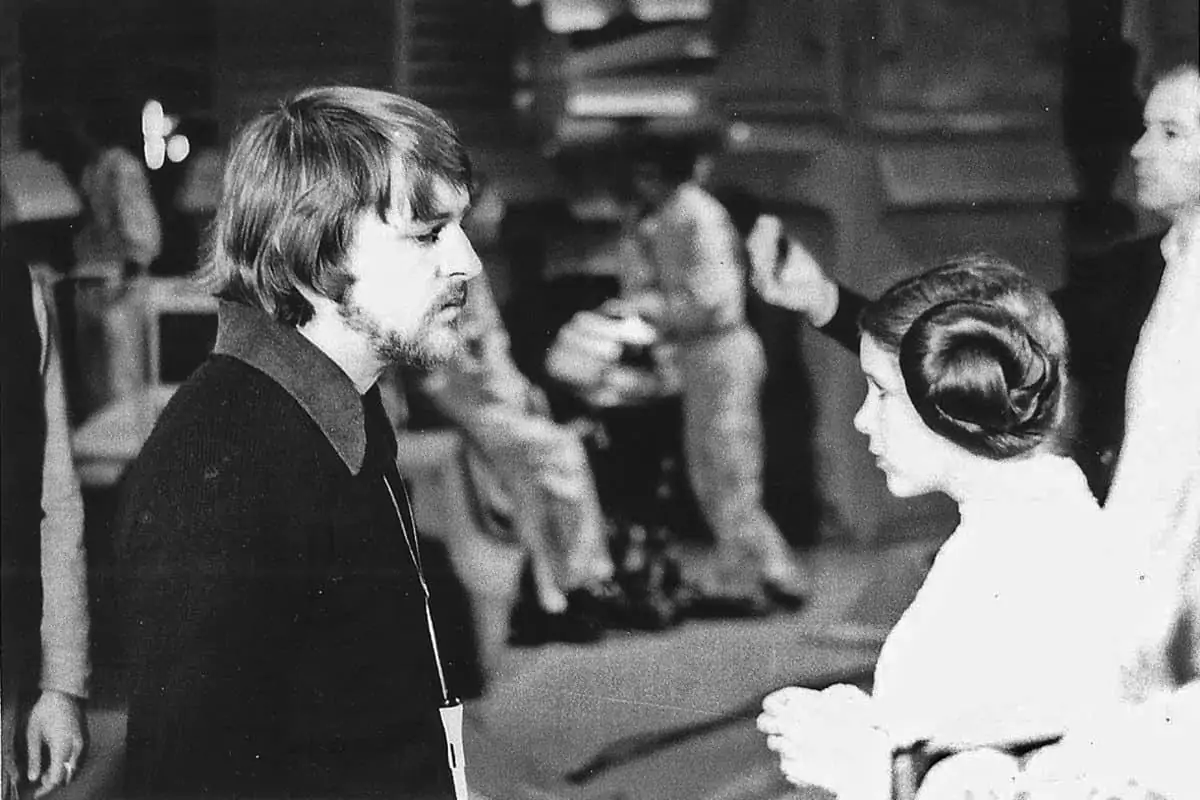
An early ambition was to become an airline pilot, which he decided against. At seventeen his first taste of the film business was as a runner. This was followed by working at a camera rental company, based at Merton Park, run by Roy Moores, who Harcourt refers to as another one of his mentors. He says it was there he learned a lot about cameras. Following this he worked with cameraman Dick Bailey. Bailey had his own rental company in north London. Harcourt was there for around three years in the workshop and also helping as a camera assistant, working on film inserts for TV shows such as The Benny Hill Show. He went on to become a loader for around six years. This was followed by the skilled job of focus pulling, when Robin Browne gave him the break. He did this for around seven years. Films as a focus puller include Dreamchild (1985) on the main unit and Eleni (1985) on the second unit, both photographed by Billy Williams OBE BSC, and Highlander (1986) photographed by Gerry Fisher BSC.
Harcourt’s first film as a camera operator was The Long Lost Friend, retitled Apprentice To Murder (1988), starring Donald Sutherland, directed by Ralph L. Thomas and photographed by Kelvin Pike. He went on to operate on a great number of productions, including, Smilla’s Sense Of Snow (1997, DP Jörgen Perrson), Gorillas In The Mist (1988, DP John Seale ACS ASC), White Hunter Black Heart (1990, DP Jack N. Green ASC) and the Bond movie Tomorrow Never Dies (1997, DP Robert Elswit ASC). Harcourt said, “I was A-camera on the second unit, which was photographed by Jonathan Taylor and directed by Vic Armstrong. I only worked on the opening sequence. It was a cold shoot high in the mountains.”
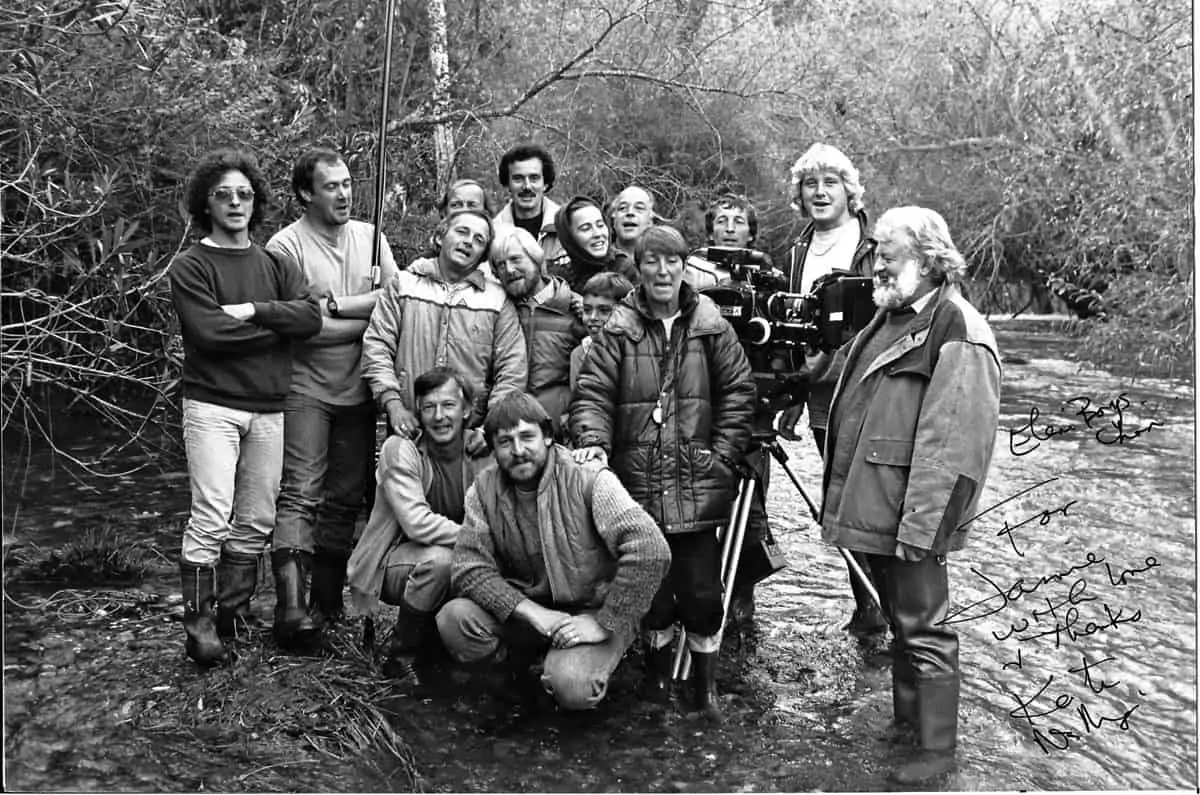
When shooting digital, does he mainly look through the viewfinder, or monitor? He said, “I mainly use the eyepiece for operating. Monitors are useful for awkward shots or remote shots, for example on cranes.”
Harcourt has also been involved in visual effects work with Robin Browne. They include Moonraker (1979, DP Jean Tournier AFC), which he was on for around a year, Krull (1983, DP Peter Suschitzky), spending around eighteen months on it, as well as The Watcher In The Woods (1980, DP Alan Hume BSC) and The Keep (1983, DP Alex Thomson BSC), as optical effect camera operator. He describes this period of his career as really interesting.
Favourites he has worked on include Gorillas in the Mist, which he says was fantastic to work on, the original Star Wars as a loader and the TV series Poirot, which he says was very memorable.
What would he say to newcomers? “You have to be dedicated and be prepared to do long days and be away from home. You have really got to want to do it, because it is a tough business.”
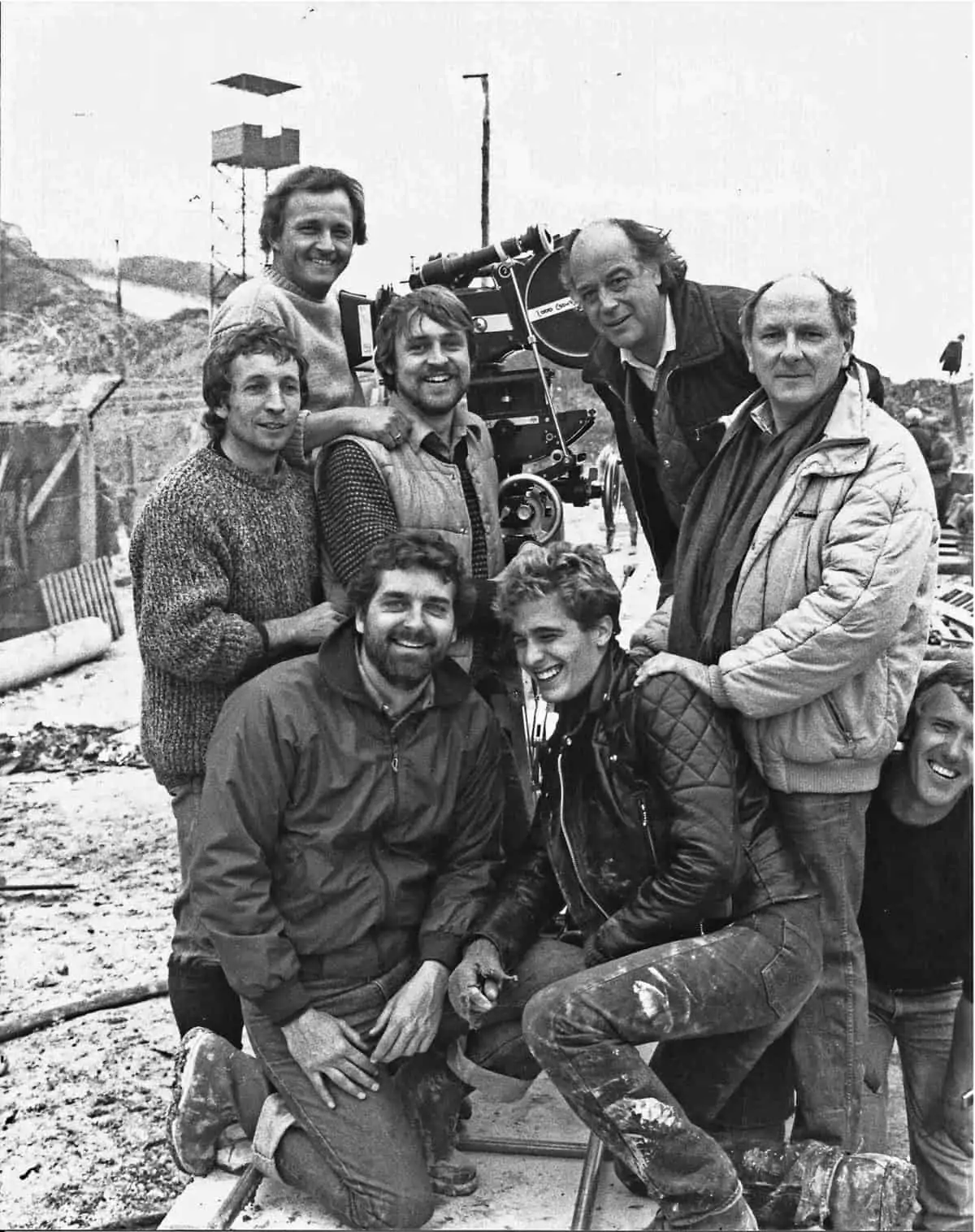
"I got into the swing of operating and if you get on well with the DP, director and actors, it’s a wonderful job.
I love operating. I think it is the best job on the set."
- Jamie Harcourt ACO GBCT Associate BSC
Asked about his favourite locations in the world Harcourt said it was everything he had done in Africa. India and Afghanistan also made an impression. Asked what is the best part of being an operator, he replied, “You are at the heart of the process and can be very helpful to others including continuity and actors.”
Does he find it easy keeping up with new technology? “I’m always interested in the new developments and attend seminars and workshops. But technically, in all honesty I rely heavily on my camera assistant to manage the nitty gritty of the camera and menus etc., whilst we are shooting.”
Is TV more demanding than features? Harcourt said, “It is in a way, because of the budget and schedules. Sometimes we have to do twenty-five to thirty set-ups a day. It can be very hard work.”
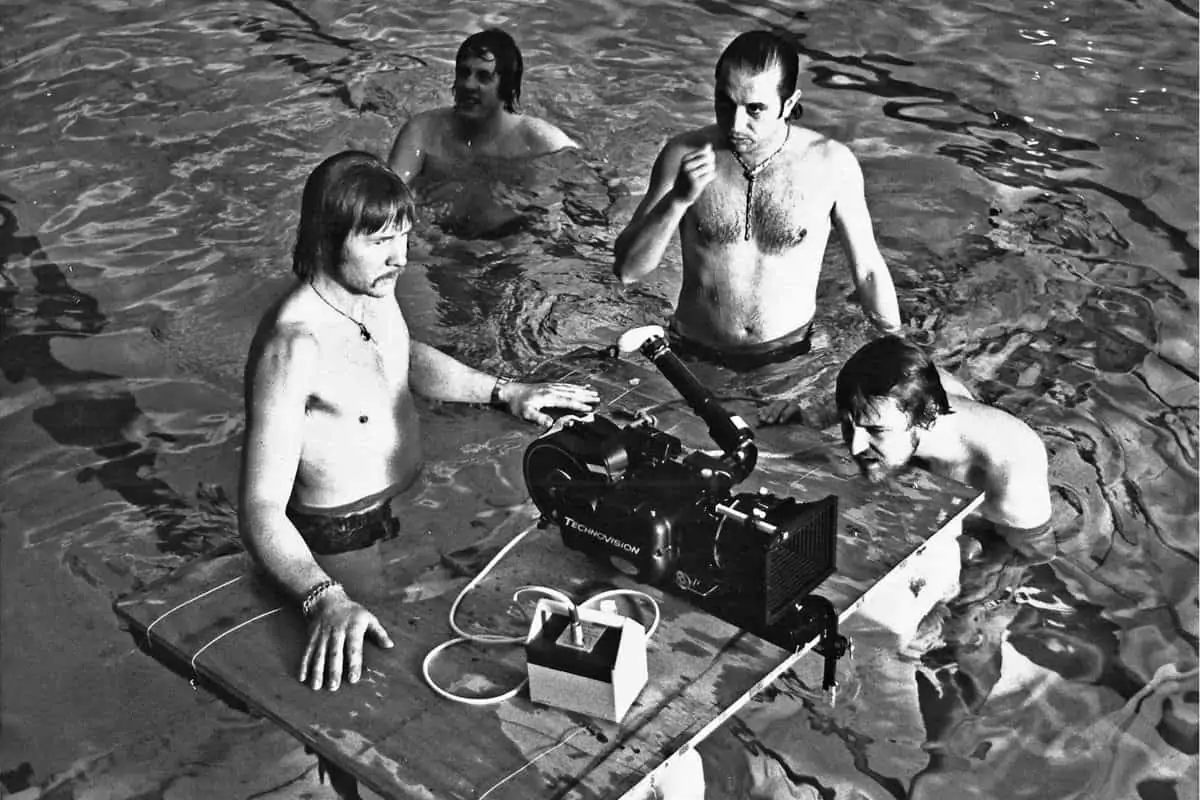
What does he think of digital? “I don’t have a preference for a film versus digital camera, other than the fact that a film camera commands a tighter discipline on the shooting floor, which in my view is a more controlled and professional way to work. That said however, the new breed of digital cameras and large formats are always forging forward and lens developments are enjoying the ride too.”
Robin Vidgeon BSC who has known Harcourt for many years said, “Having known Jamie for almost 40 years, he is one of our top camera operators. Having worked through the camera department, his temperament and kind demeanor on and off-set, are a lesson to all people wishing to work on-camera. His famous father David, was too the perfect gentleman camera operator.”
Did he not want to become a full time DP? “I got into the swing of operating and if you get on well with the DP, director and actors, it’s a wonderful job. I love operating. I think it is the best job on the set. A couple of years ago I was asked by the BBC to light a few episodes of Casualty. I enjoyed it and was pleased with it, but I am more attuned to being a dedicated operator, which does sometimes involve shooting splinter or second unit as a DP/operator.

Harcourt is an associate member of the BSC, joining around fifteen years ago, and is also a member of the ACO and GBCT. He was chairman between 2007 and 2010.
Away from the set he relaxes by following sport, and is fond of motor racing. He keeps himself fit for his demanding work by running. He is still out there doing what he loves, shooting movies, with some of his latest work involving operating on the main unit and splinter units on Fury (2014, DP Roman Vasyanov) and Kingsman: The Secret Service (2014, DP George Richmond BSC).
